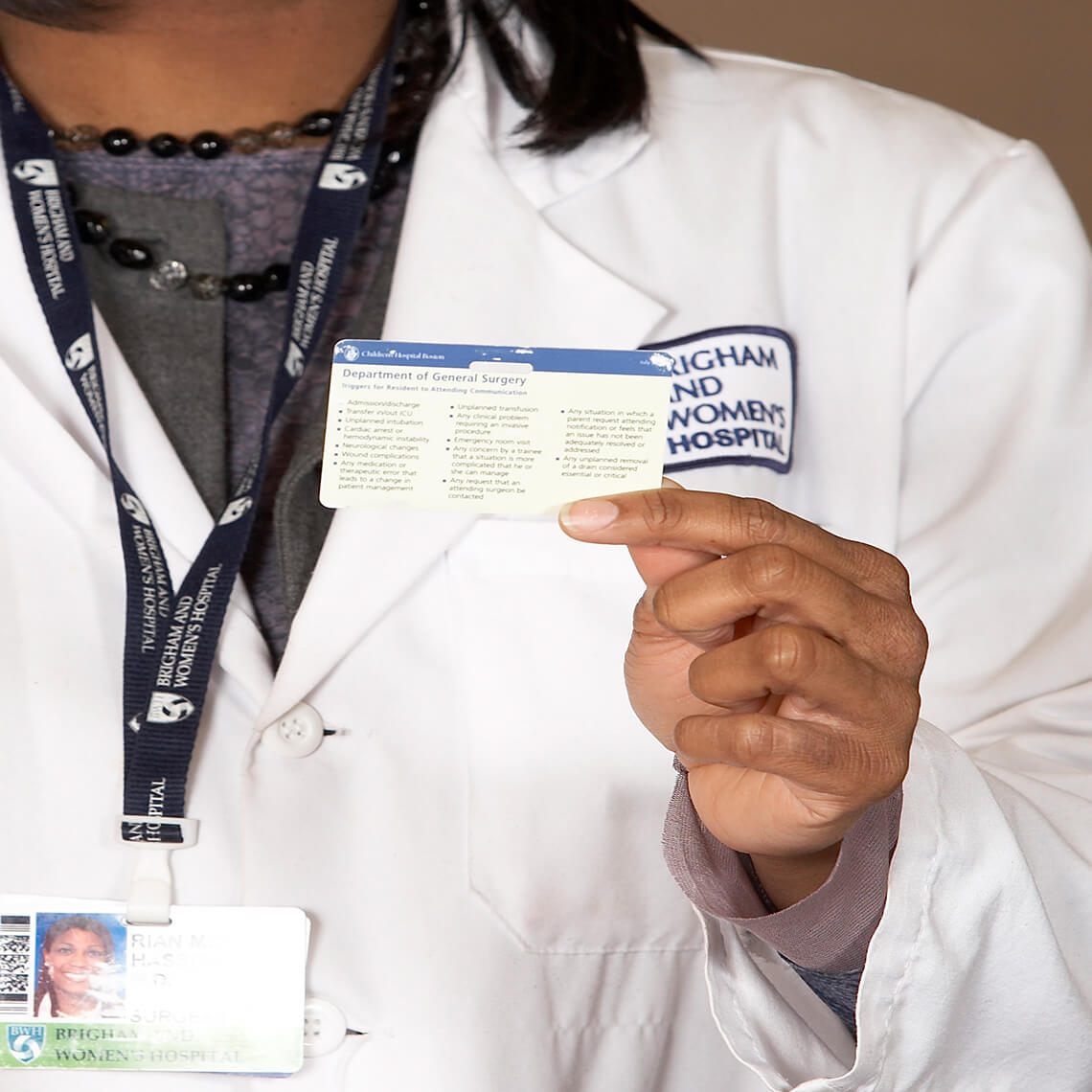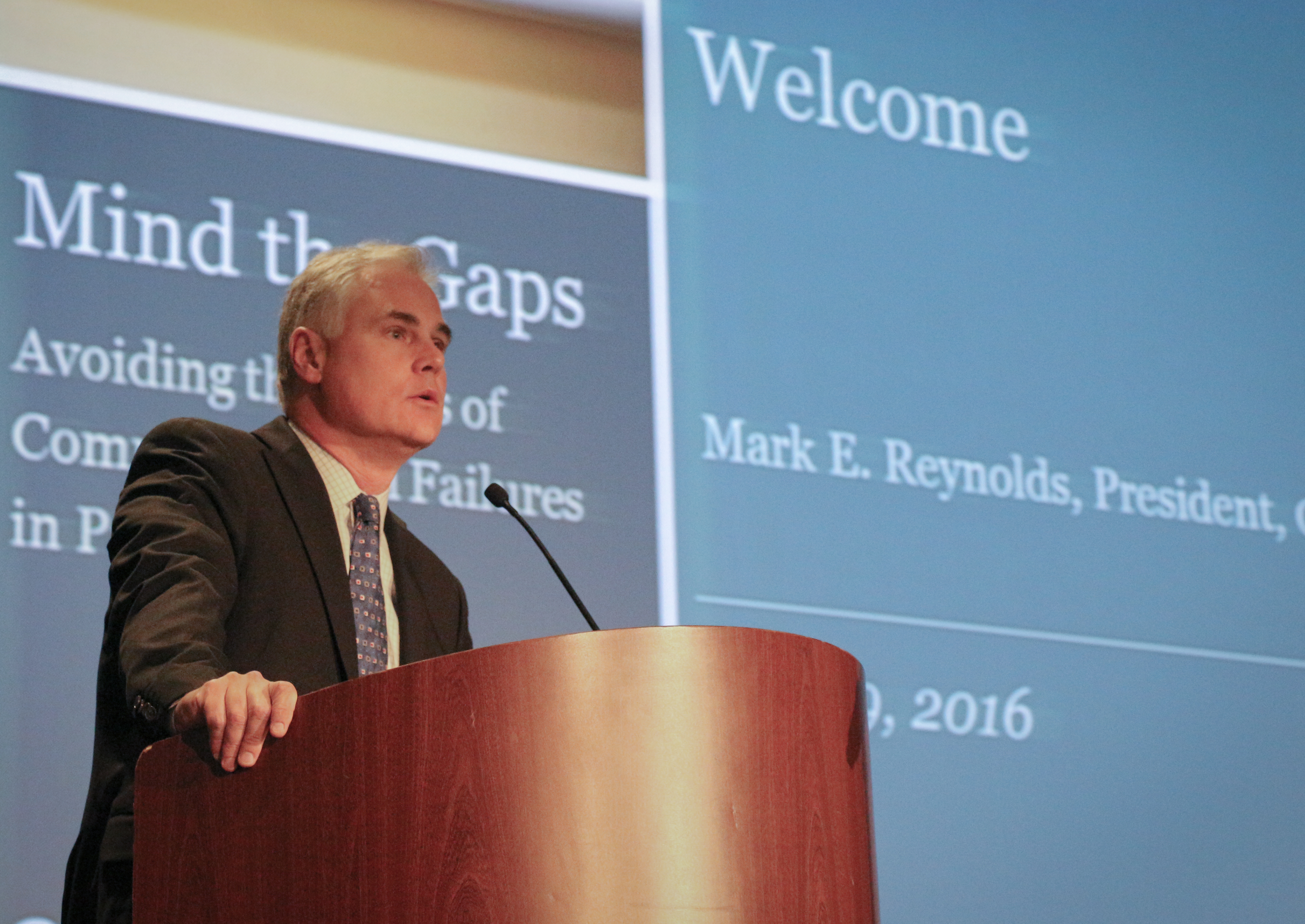Blog Post
CRICO’s 40th Anniversary: A Missing Piece
CRICO’s 40-year history as the medical professional liability insurance program serving the Harvard medical community was captured in the November/December 2016 issue of Patient Safety & Quality Healthcare (PSQH) in an article written by Susan Carr.
The article covered the complex arc of CRICO’s involvement with patient safety from its earliest years through to current day initiatives. Particular attention was paid to one of CRICO’s greatest achievements: its ability to convene clinical leaders from across the Harvard medical community. Early on, those leaders agreed they would not compete with one another when it came to patient safety. Of greater significance (with CRICO’s assistance) they have repeatedly collaborated on efforts that have had a significant impact on loss prevention throughout the past four decades.
Needless to say, there was quite a bit of ground to cover and the article could not include everything. Accordingly, when the article was read by Jeffrey B. Cooper, PhD, he felt compelled to share a Letter to the Editor based upon his professional history and experience working with CRICO.
“ Thank you for giving visibility to CRICO’s story of leadership in patient safety. It is worthy of praise and emulation. Yet, I think there are critical pieces of the story that perhaps space didn’t permit telling, although I think they are among the most important. Then again, I have a bias because I was there... ”
A leader in the field of simulation training for medical professionals, Dr. Cooper was directly involved with CRICO’s early efforts to address risk in Anesthesia, which were highly successful.
In fact, this early success became a model of collaboration for patient safety initiatives worldwide. We at CRICO are grateful for Dr. Cooper’s contributions to patient safety efforts over the years and thank him for taking the time to submit this “additional chapter” to our story.
Related Blog Posts
Investing in Patient Safety


Mind the Gaps: Learning How to Avoid Miscommunication Pitfalls
January Safety Salute | MedStar Health Creating a Just Culture


